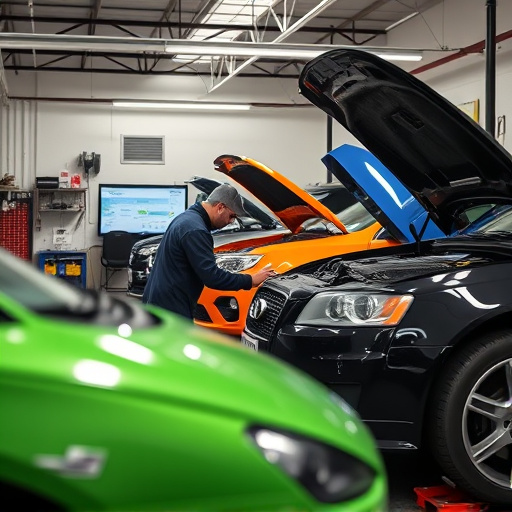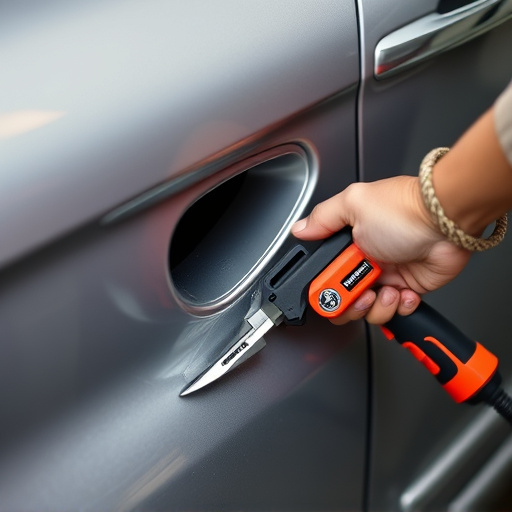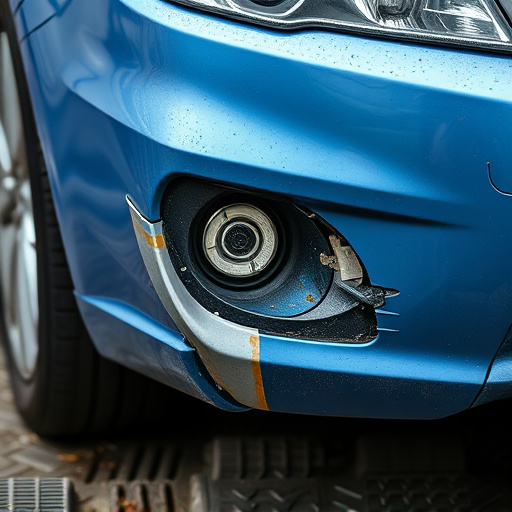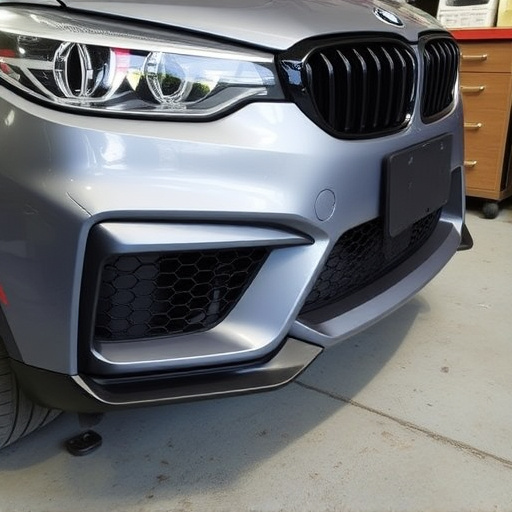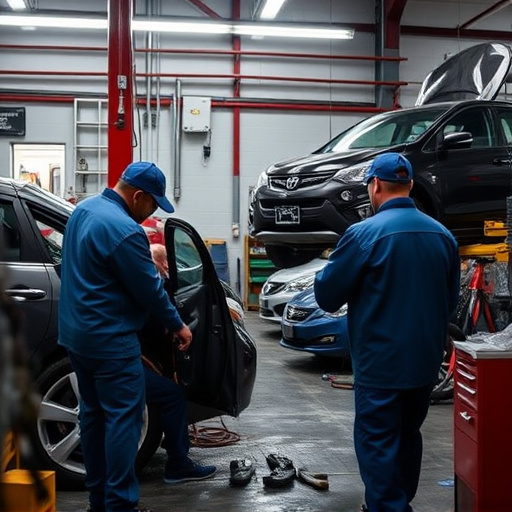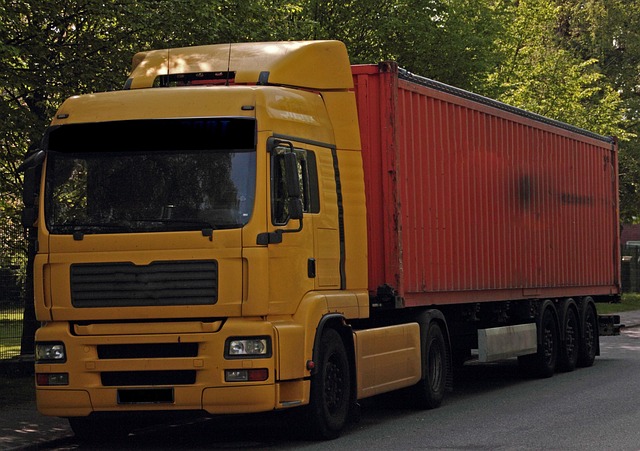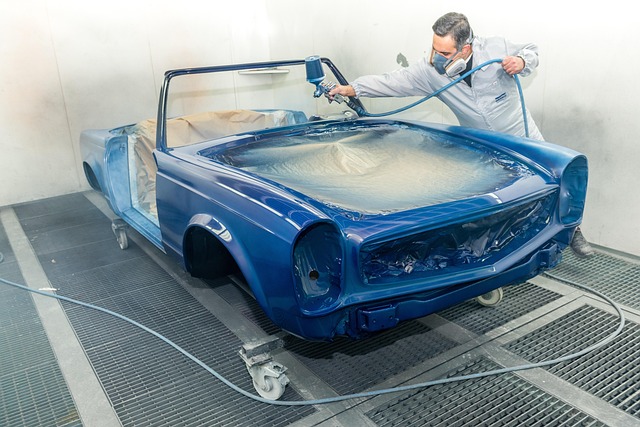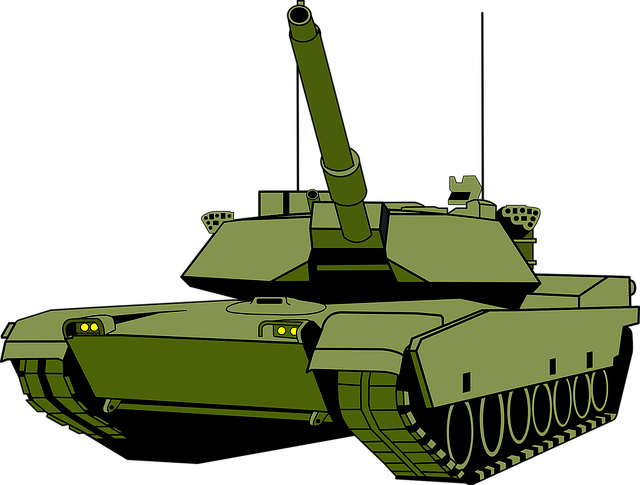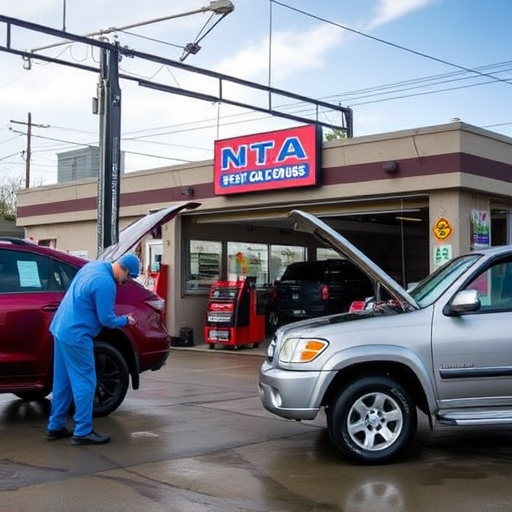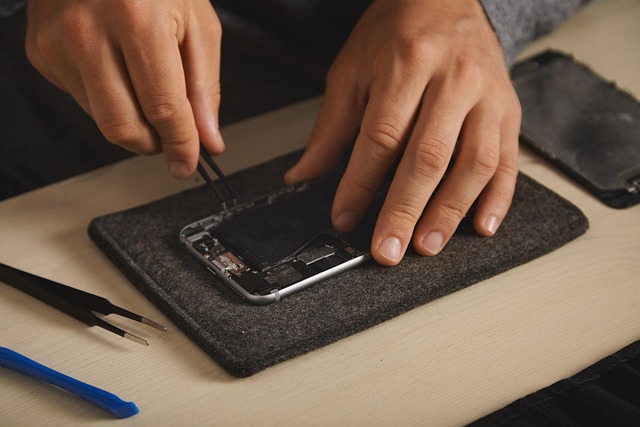Claim dispute resolution is a critical process for managing vehicle damage after an accident. It involves filing a claim, where insurance providers assess damage and determine liability. Discrepancies may arise due to miscommunication or differing interpretations of policy terms, requiring policyholders to challenge assessments and repairs. Effective communication and thorough documentation are essential for navigating this phase, ensuring accountability, and achieving a fair resolution through methods like mediation or arbitration.
Unsure about what to do when an insurance claim is denied or in dispute? This comprehensive guide provides essential insights into navigating the intricate world of claim dispute resolution. Understanding the process, identifying common causes of disputes, and adopting efficient strategies can save time and ensure a favorable outcome. Learn how to advocate for your rights and resolve conflicts effectively, making informed decisions every step of the way.
- Understanding Claim Dispute Resolution Process
- Common Causes of Insurance Claim Disputes
- Effective Strategies for Resolving Disputes Efficiently
Understanding Claim Dispute Resolution Process
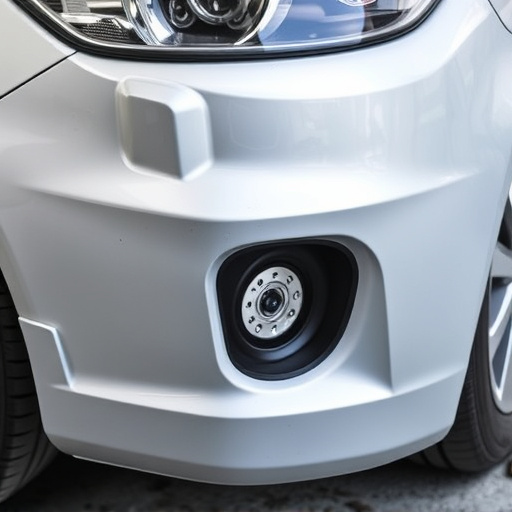
Claim dispute resolution is a crucial process for anyone involved in an accident, especially when it comes to dealing with damage to vehicles. Whether it’s a minor fender bender or a more severe collision repair, understanding how this system works can help smoothen the journey towards recovery. The initial step involves filing a claim with your insurance provider, who will assess the damage and determine liability. This is where the process differs from a simple car body shop repair; dispute resolution enters the picture when there are discrepancies or disagreements.
During this phase, policyholders have the right to challenge the insurance company’s assessment, especially if they believe the estimated costs for collision repair are inaccurate. It’s common in cases where policyholders might receive low ball offers or face delays in receiving necessary repairs. Effective communication and documentation of all interactions with the insurer are key to navigating this process successfully, ensuring that everyone involved is accountable, and ultimately reaching a fair resolution.
Common Causes of Insurance Claim Disputes
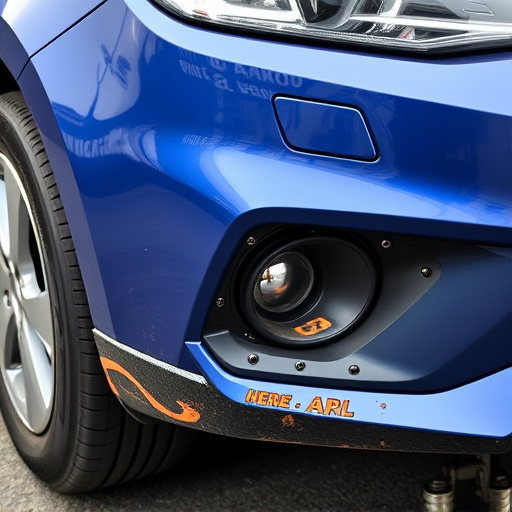
Insurance claim disputes often arise due to a variety of reasons, with miscommunication being one of the most prevalent. When policyholders and insurance companies fail to align on the facts or terms outlined in a policy, it can lead to disagreements about coverage, liability, or the amount of compensation owed. Misunderstandings regarding deductibles, exclusions, and the scope of coverage are common culprits, especially when complex policies are involved. For instance, a policyholder might believe their specific scratch repair or frame straightening costs are covered, only to find out through claim dispute resolution that it falls outside the policy’s parameters.
Another significant cause is the differing assessments of damage by the insured and the insurance adjuster. In the case of an automotive body shop, for example, the complexity of repairing certain components can lead to disputes about the necessity or cost of repairs. Policyholders might feel their vehicles require more extensive restoration than suggested by the insurer’s assessment, leading to a claim dispute that necessitates mediation or legal intervention to resolve.
Effective Strategies for Resolving Disputes Efficiently
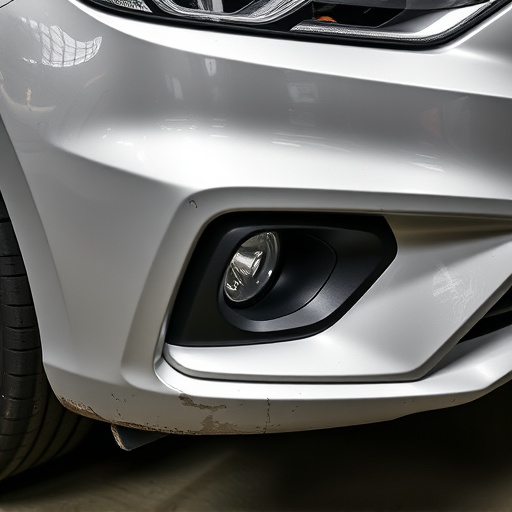
When it comes to claim dispute resolution, efficiency is key. Implementing effective strategies can significantly streamline the process and save time for all parties involved. One proven method is open communication; fostering a dialogue between the claimant and insurer encourages mutual understanding and often leads to amicable settlements. Additionally, documentation is essential. Accurate records of interactions, repairs (like those provided by automotive repair services or collision centers), and relevant evidence ensure a robust case and reduce the need for prolonged disputes.
Another strategy involves leveraging mediation and arbitration. These alternative dispute resolution methods bring in neutral third parties who can facilitate negotiations and offer impartial decisions. For instances involving automotive body work claims, this approach can be particularly beneficial, as it allows for quicker resolutions without escalating to costly legal battles.
Claim dispute resolution is a crucial aspect of managing insurance claims, ensuring fairness and satisfaction for all parties involved. By understanding the process, recognizing common disputes, and employing efficient strategies, you can navigate these challenges effectively. Remember, prompt action and clear communication are key to resolving claim disputes smoothly and avoiding unnecessary complications.

